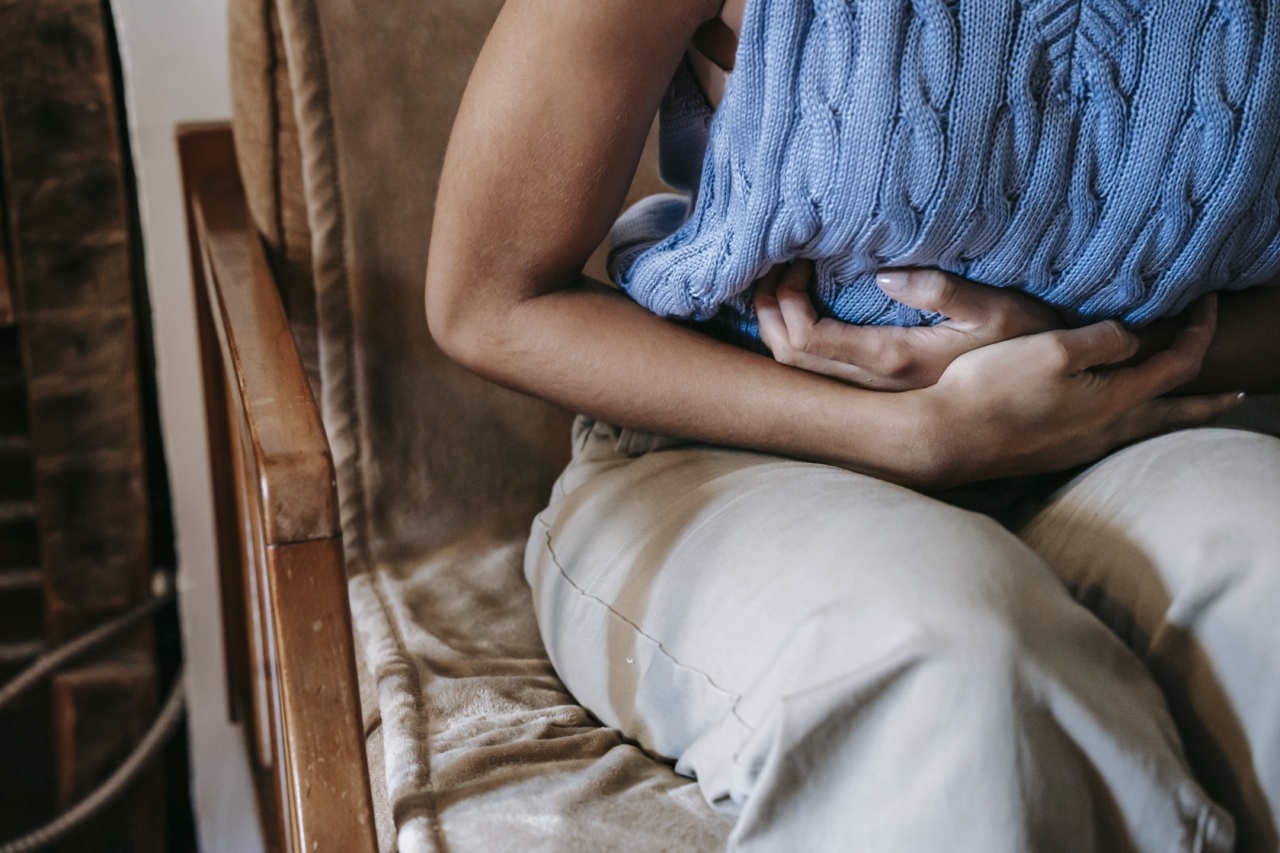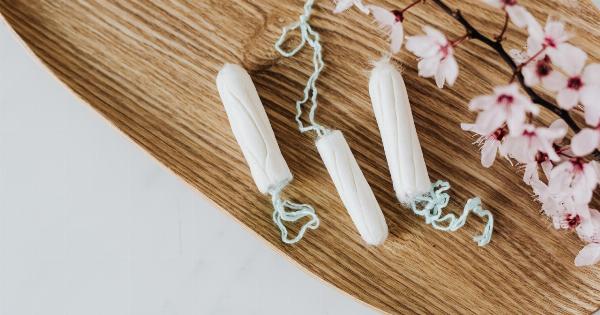Period cramps, also known as dysmenorrhea, affect many women during their menstrual cycle. These cramps can range from mild to severe and may interfere with daily activities and quality of life.
While over-the-counter painkillers can provide temporary relief, many women are seeking more holistic approaches to manage period cramps. In this article, we will explore ten holistic methods that can help alleviate period cramps naturally.
1. Exercise Regularly
Engaging in regular physical activity can significantly reduce period cramps. Exercise releases endorphins, which are natural painkillers, and can also help improve blood flow to the pelvic area.
Consider incorporating low-impact exercises such as walking, swimming, or yoga into your routine.
2. Apply Heat
Applying heat to the abdominal area can provide quick relief from period cramps. You can use a heating pad, hot water bottle, or take a warm bath to relax the muscles and alleviate pain.
It’s important to avoid using heat for extended periods to prevent skin damage.
3. Practice Relaxation Techniques
Stress can exacerbate period cramps, so practicing relaxation techniques can help manage the pain.
Deep breathing exercises, meditation, and progressive muscle relaxation can help reduce stress levels and relieve muscle tension, thereby alleviating cramps.
4. Stay Hydrated
Drinking plenty of water is essential for overall health, including managing period cramps. Staying hydrated can prevent bloating, regulate bowel movements, and reduce muscle cramps.
Aim to drink at least eight cups of water daily, and consider including herbal teas known for their calming properties, such as chamomile or peppermint.
5. Maintain a Balanced Diet
Eating a balanced diet can have a significant impact on menstrual health. Include foods rich in antioxidants, such as fruits and vegetables, to reduce inflammation.
Additionally, foods high in omega-3 fatty acids, like salmon and chia seeds, can help decrease the intensity of period cramps. Avoiding excessive caffeine and processed foods is also beneficial.
6. Try Acupuncture
Acupuncture involves the insertion of thin needles into specific points on the body to promote energy flow and balance. This ancient Chinese practice has been shown to relieve period pain by releasing endorphins and reducing inflammation.
Consult a licensed acupuncturist to explore this holistic approach.
7. Take Herbal Supplements
Several herbal supplements have shown promise in managing period cramps. For example, ginger has anti-inflammatory properties, and studies suggest it may alleviate menstrual pain.
Other herbal supplements, such as turmeric, evening primrose oil, and cinnamon, have also shown potential benefits. However, it’s essential to consult a healthcare professional before starting any new supplements.
8. Use Essential Oils
Aromatherapy with essential oils can help relieve pain and promote relaxation. Essential oils such as lavender, clary sage, marjoram, and peppermint are known for their analgesic and muscle relaxant properties.
Dilute the essential oils with a carrier oil and massage the lower abdomen gently to experience relief.
9. Try Transcutaneous Electrical Nerve Stimulation (TENS)
TENS involves using a small device that delivers mild electrical currents to the skin to block pain signals. It can be an effective non-medication option for managing period cramps.
Consult a healthcare professional or a physical therapist to learn how to use TENS properly.
10. Get Sufficient Sleep
Getting enough quality sleep is crucial for managing period cramps. Sleep deprivation can worsen pain perception and increase stress levels. Establish a consistent sleep schedule and create a relaxing bedtime routine to promote better sleep.































